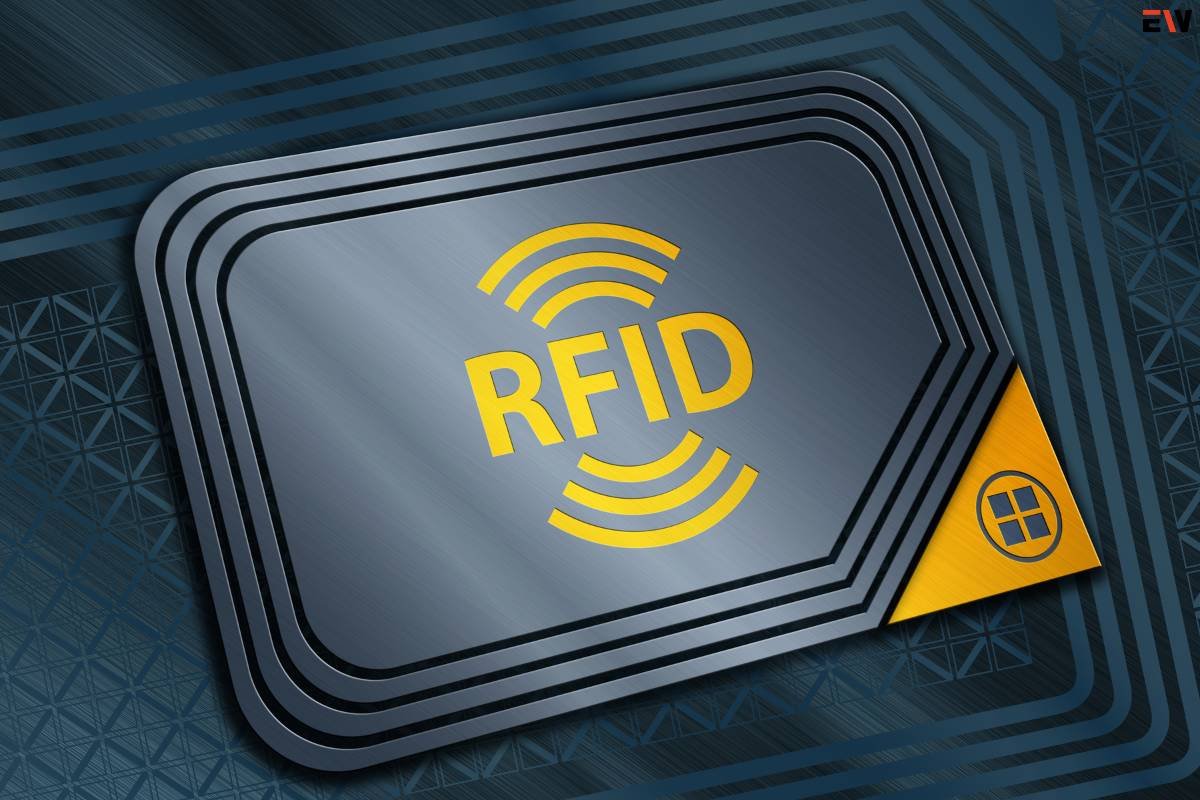In a world obsessed with efficiency and automation, Radio Frequency Identification (RFID) technology is quietly making waves. Imagine a tiny, invisible tag embedded in your clothes, passport, or even livestock, silently broadcasting its unique identity to nearby readers. That’s the magic of RFID, a technology that’s transforming industries from retail and logistics to healthcare and even animal tracking.
Radio Frequency Identification (RFID) has revolutionized the way we interact with technology, transforming various industries from retail and logistics to healthcare and beyond. As a cutting-edge technology, Radio Frequency Identification employs electromagnetic fields to automatically identify and track tags attached to objects. This article delves into the intricate workings of RFID systems, exploring their applications, benefits, and the evolving landscape of this innovative technology.
How Does It Work?
Think of it as a wireless handshake between two devices. A Radio Frequency Identifier tag, often smaller than a grain of rice, stores information like a product code or serial number. A reader emits radio waves, and the tag resonates and transmits its data back, like a miniature radio beacon. This interaction, all happening without line-of-sight, unlocks a world of possibilities.
From Supermarket Checkouts to Supply Chain Efficiency:

In supermarkets, Radio Frequency Identification tags embedded in products eliminate the need for scanning each item individually. Imagine breezing through checkout with your groceries in a bag, the reader instantly recognizing and billing each item. This saves time, reduces errors, and streamlines the shopping experience.
Logistics and supply chains benefit immensely from RFID. Tracking pallets and packages in real-time optimizes delivery routes, reduces inventory errors, and ensures timely arrivals. This translates to cost savings, improved customer satisfaction, and a more efficient flow of goods.
A Universe of Applications
The applications of RFID go far beyond the convenience of contactless checkout. Consider these examples:
- Logistics and Supply Chain Efficiency: Tracking shipments in real-time optimizes routes, reduces errors, and ensures timely deliveries, leading to cost savings and improved customer satisfaction.
- Healthcare Revolution: Embedding RFID chips in medical devices and medication ensures proper usage and prevents errors. Real-time patient monitoring enhances safety and improves care delivery.
- Environmental Protection: Tracking endangered species, monitoring deforestation, and managing waste disposal are just a few ways RFID contributes to a more sustainable future.
- Art and Authenticity: Museums use RFID tags to authenticate artworks, while luxury brands embed them in products to combat counterfeiting.
Matching Tags to Needs
Not all Radio Frequency Identification tags are created equal. Different frequencies cater to specific needs:
- Low-Frequency (LF): Robust with long read ranges, ideal for tracking assets in harsh environments like warehouses.
- High-Frequency (HF): Pack more data and offer faster read speeds, perfect for retail and access control applications.
- Ultra-High-Frequency (UHF): Boast impressive read ranges, ideal for tracking assets across vast areas like forests or outdoor festivals.
Where RFID Meets Innovation
With advancements in miniaturization, encryption, and integration with other technologies like Artificial Intelligence (AI), the potential of RFID is boundless. Imagine:
- Smart Homes: Appliances adjust settings based on your tagged belongings, and personalized recommendations are delivered based on your tagged groceries.
- Predictive Maintenance: RFID-enabled sensors in machinery predict failures before they occur, minimizing downtime and maximizing efficiency.
- Personalized Healthcare: Biocompatible RFID chips monitor vital signs in real-time, enabling continuous health monitoring and personalized care.
Beyond Retail and Logistics:

The applications of RFID extend far beyond the commercial sphere. Libraries use it for automated book borrowing and tracking. Hospitals implant tiny RFID chips in patients for identification and medical record access. Livestock farmers track their animals for grazing patterns and health monitoring. Even high-security passports and access cards utilize RFID for enhanced security and verification.
Different Types, Different Needs:
RFID comes in various flavors, each with its strengths and limitations. Low-frequency (LF) tags are robust and have long read ranges but offer limited data storage. High-frequency (HF) tags pack more data and offer faster read speeds, making them ideal for retail and access control. Ultra-high-frequency (UHF) tags boast impressive read ranges, perfect for tracking assets across vast areas like warehouses or forests.
The Future of RFID:

With advancements in miniaturization and encryption, the potential of Radio Frequency Identification is limitless. Imagine smart homes where appliances adjust settings based on your tagged belongings. Think of personalized healthcare with real-time monitoring of vital signs through embedded RFID chips. The possibilities are endless, blurring the lines between physical and digital worlds.
However, Challenges Remain:
Privacy concerns arise with widespread RFID adoption. The potential for unauthorized tracking and data collection needs careful consideration and robust security measures. Standardization across industries is also crucial to ensure seamless interoperability and prevent technological silos.
- Privacy Concerns: Robust security measures and data protection protocols are essential to ensure user privacy.
- Ethical Considerations: The use of RFID should align with ethical principles and address potential misuse.
- Standardization: Industry-wide standards are necessary for seamless interoperability and broader adoption.
Conclusion:
Radio Frequency Identification is no longer a futuristic technology. It’s quietly woven into the fabric of our daily lives, making processes more efficient, secure, and even magical. As we embrace the possibilities of RFID, it’s essential to address privacy concerns and ensure responsible development. This tiny tag holds the potential to revolutionize diverse industries, streamlining our world and paving the way for a more connected future.









